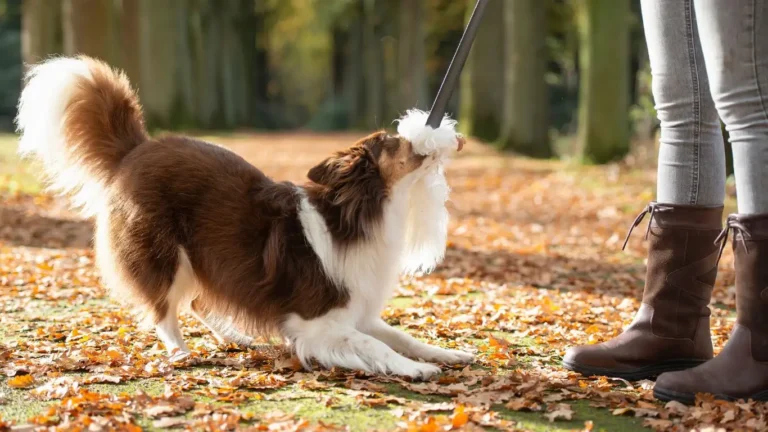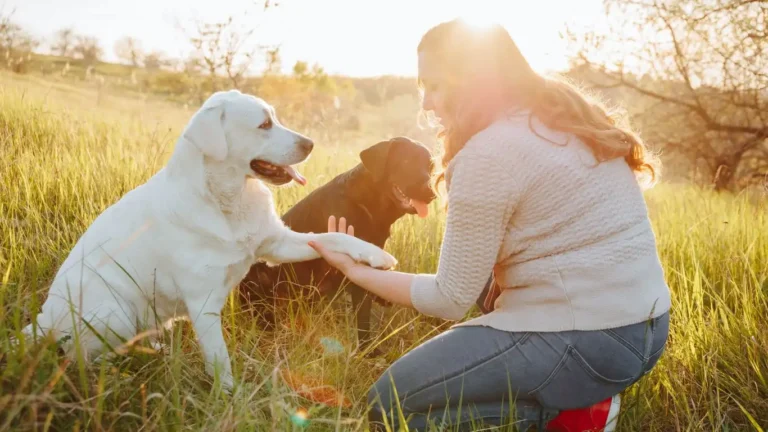How to Train a Dog to Behave During Thunderstorms Calmly
How to train a dog to behave during thunderstorms is a question I’ve heard from more pet parents than I can count. As someone who’s spent years in the world of canine-assisted therapy, I’ve had countless opportunities to help dogs of all ages and temperaments overcome their fear of storms. There’s something about thunder that just shakes them to their core—literally and emotionally. But the good news? With the right training techniques and a little patience (okay, sometimes a lot), it’s absolutely possible to help your dog stay calm, collected, and confident even when the sky goes full percussion section.
Why Dogs Fear Thunderstorms

Let’s be real—if I had super hearing and suddenly the skies roared out of nowhere, I’d be on edge too. Dogs experience thunderstorms much more intensely than we do. From the booming thunder to the changes in barometric pressure and that weird static in the air, it’s a full-body experience for them. And for some, it’s downright terrifying.
Common signs your dog is anxious during storms
- Pacing or restlessness
- Whining, barking, or howling
- Hiding in closets, under beds, or behind furniture
- Panting heavily or drooling excessively
- Clinginess—your dog might suddenly become your shadow
I remember working with a Golden Retriever named Max who would try to wedge himself into the tiniest bathroom during every thunderstorm. He wasn’t a small dog, but he was determined. Helping him feel safe again was a journey—and a rewarding one.
The Science Behind the Storm Stress
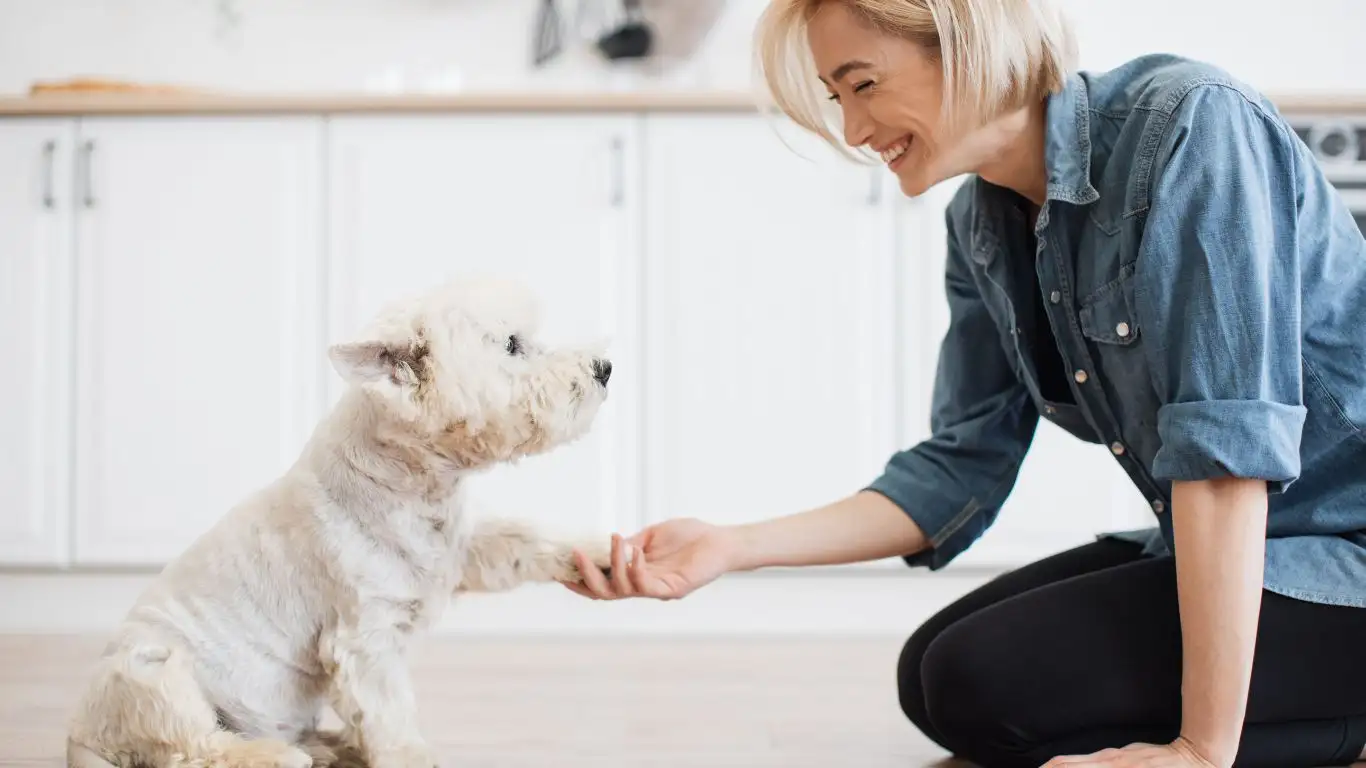
Dogs pick up on all kinds of cues we don’t even realize we’re giving off. If you tense up every time the thunder rolls, your dog will notice. Their heightened senses also detect static electricity, and they often associate the buildup with something bad coming their way—boom, cue the panic.
Some breeds are naturally more sensitive to sound, too. In my experience, Border Collies, Australian Shepherds, and even Labs can be surprisingly sound-reactive. It’s not always about size or confidence; it’s more about how they’re wired.
It’s not just fear—it’s a phobia
For some dogs, it’s not just being startled—it’s a deep-rooted phobia. That means the response goes beyond mild fear and can lead to full-on panic attacks. This is where training becomes essential. We’re not just managing behavior; we’re helping to rewire emotional responses.
How to Train a Dog to Behave During Thunderstorms: Start with a Calm Foundation

Before we jump into thunder-specific techniques, let’s talk about something that often gets overlooked—baseline emotional stability. If your dog is already high-strung on an average day, a thunderstorm will tip them over the edge faster than you can say “roll over.” That’s why creating a calm environment on the regular is step one.
Daily habits that help regulate your dog’s emotions
- Consistent exercise: A tired dog is a calm dog. Regular walks, playtime, and mental stimulation go a long way.
- Predictable routines: Dogs thrive on structure. Feed, walk, and train around the same times each day.
- Safe spaces: Crate training or creating a designated cozy area can help dogs feel grounded.
One of my favorite tricks? Teaching dogs to go to a “place” on command—like a dog bed or mat—using positive reinforcement. It gives them a mental anchor when things start to get chaotic outside. This helped a rescue pup I trained named Luna find her “zen spot” whenever she sensed a storm brewing.
Let’s talk energy—you set the tone
This is huge. If you’re jumpy every time the lightning cracks, your dog will mirror that. Dogs are masters of reading our body language and tone of voice. Your calm presence can act as a cue for them to chill out too.
So, while we’re going to get into some practical storm-desensitizing methods in a bit, just remember: building emotional resilience and trust in your dog starts way before the first rumble of thunder hits.
Desensitization: Helping Your Dog Feel Safe with Storm Sounds
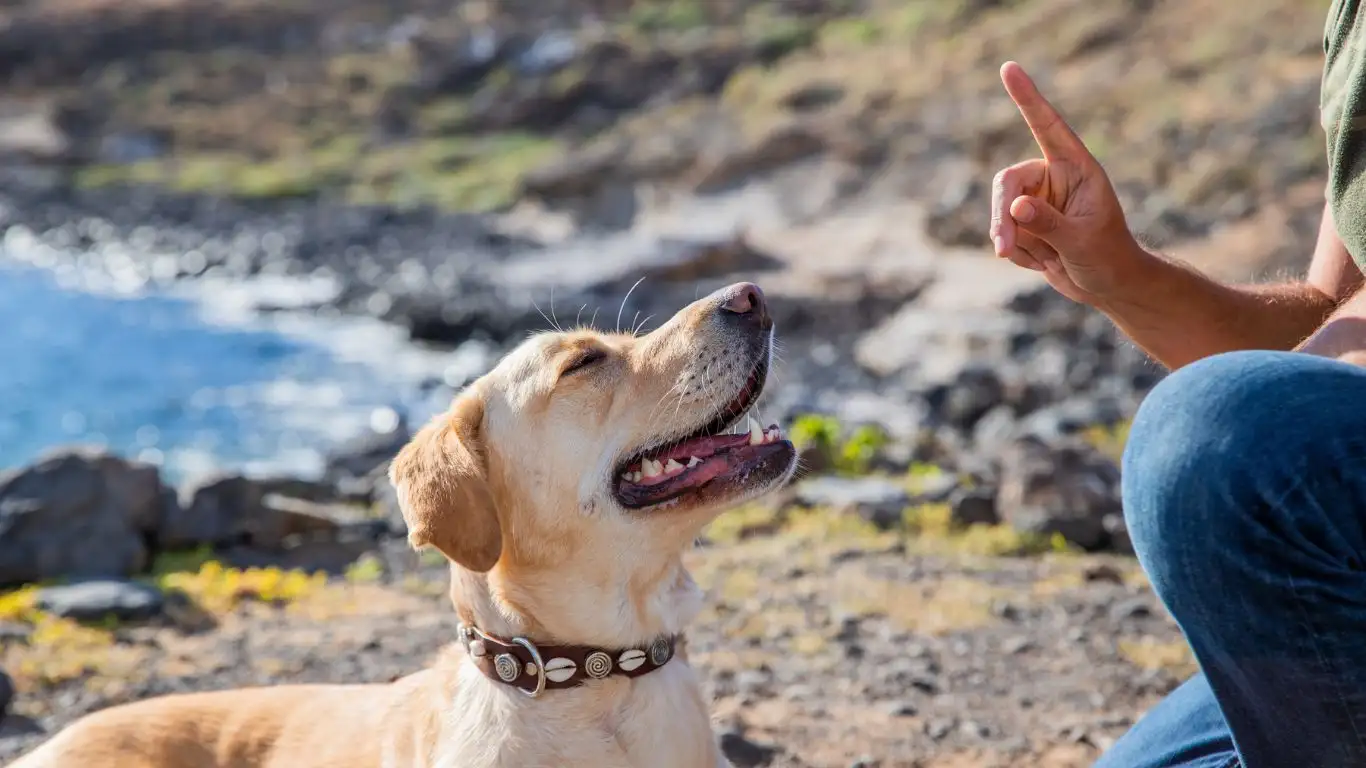
Once your pup has a solid emotional foundation, it’s time to move into one of the most powerful tools I use with anxious dogs: desensitization. I’ve had great success using sound therapy to train a dog to behave during thunderstorms—yes, even with the most thunder-phobic pups out there.
Start with controlled exposure
Here’s the trick: you want to introduce storm sounds very gradually. Not at full blast, not during a real storm—start small. Find a high-quality thunderstorm audio track (there are plenty online), and play it at a barely-there volume while your dog is engaged in something positive like eating a meal or chewing on a favorite toy.
In my sessions, I often use this technique with dogs who are recovering from trauma. I had one rescue, Bella, who would bolt under furniture at the slightest rumble. Over time, playing the sounds while pairing them with peanut butter-stuffed KONGs helped her start associating thunder with something yummy instead of scary.
Gradually increase intensity
- Start at low volume for 10–15 minutes a day.
- Gradually raise the volume every few days—but only if your dog is still relaxed.
- If they show signs of stress, back off a bit and go slower.
Consistency is key here. The goal is to build tolerance and change your dog’s emotional response—not just get them “used to it.” So be patient. Celebrate small wins.
Create a Safe Haven During Real Thunderstorms
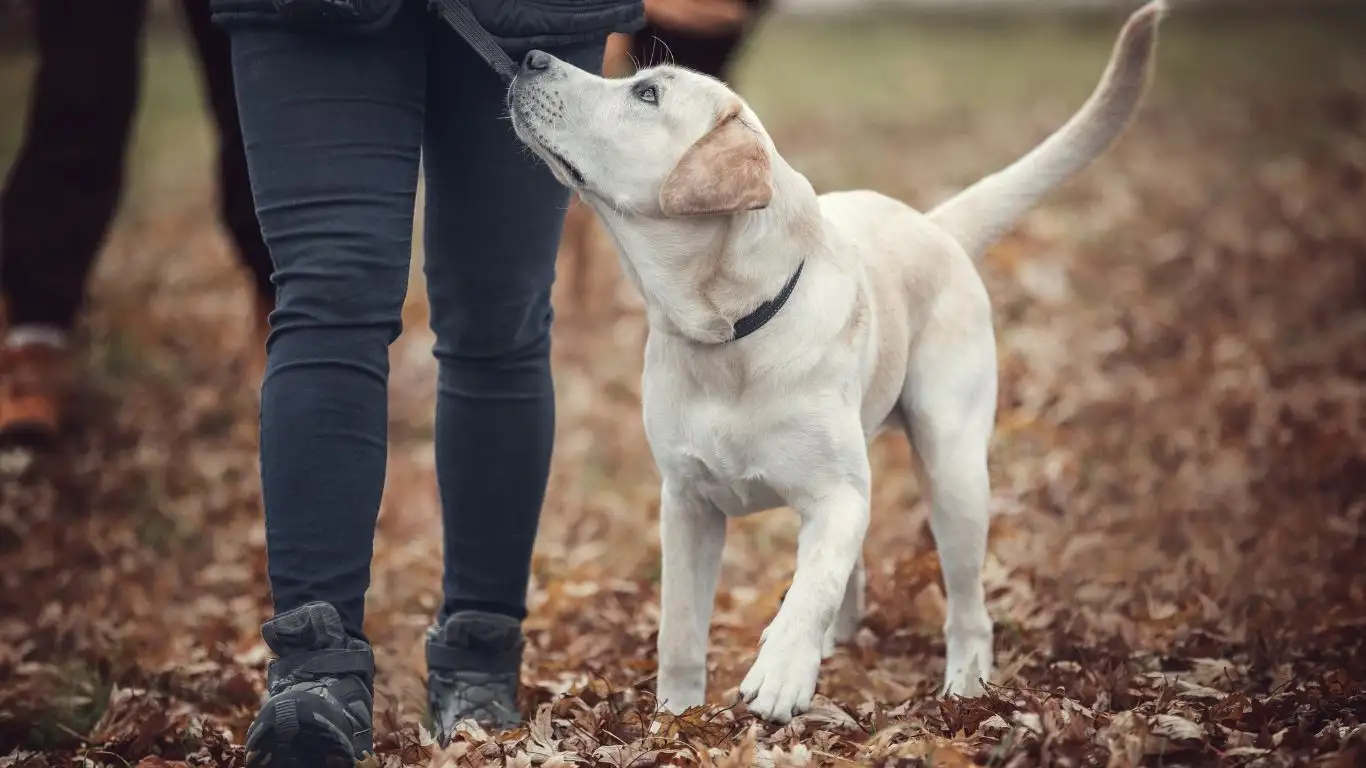
Even with training, some dogs will still need a cozy space they can retreat to when a real thunderstorm rolls in. This is where your dog’s “storm sanctuary” comes in handy.
Designing a calming retreat space
- Use a crate or a small enclosed area they already feel safe in.
- Block out noise with white noise machines, fans, or calming music.
- Add comfort: plush bedding, familiar toys, and a piece of your clothing (trust me, your scent is calming!).
- Dim lighting or use blackout curtains if your dog is also spooked by lightning.
One of my client dogs, Milo—a high-energy Jack Russell—responded incredibly well to a den-like setup under the stairs. We added a soft blanket, some lavender-scented diffusers, and turned on a low Spotify playlist called “Dog Relaxation Sounds.” It became his go-to thunder spot, and over time, he didn’t even flinch when storms rolled in.
Don’t force it
If your dog chooses a different space during storms, that’s okay too. Some dogs prefer the bathtub, closet, or even under your bed. Let them choose—it’s about what makes them feel safe, not what looks perfect.
Use Tools and Products That Support Calm Behavior

I’m a huge believer in training first, but sometimes a little help from science-backed tools can really support the process. Over the years, I’ve tested a bunch of these—some are duds, some are game-changers.
My favorite calming tools for storm-sensitive dogs
- ThunderShirt or calming wraps: These apply gentle pressure, kind of like a hug. They work wonders for many dogs when used alongside behavior training.
- CBD or calming chews: Always check with your vet first, but I’ve had clients use vet-approved CBD supplements with good results—especially when storms are frequent.
- Adaptil diffusers or sprays: These mimic calming pheromones. Some dogs are super receptive to them, especially in their safe zones.
- Interactive toys: Puzzle feeders or chew toys can redirect nervous energy in a positive direction.
I worked with a senior Sheltie named Jasper who was terrified of thunder for most of his life. With a mix of a ThunderShirt, a consistent desensitization routine, and his trusty peanut butter puzzle toy, we saw real progress. He went from trembling in the bathroom to calmly chewing through entire storms.
Know what works for your dog
Every dog is different—what soothes one might not work for another. The key is trying things out slowly and seeing what truly helps. And remember, these tools are meant to complement training, not replace it.
Next up, we’ll dive into how to reinforce confident behavior, handle real-time storm reactions, and when it might be time to get professional help involved.
Reinforce Calm Behavior During Actual Thunderstorms
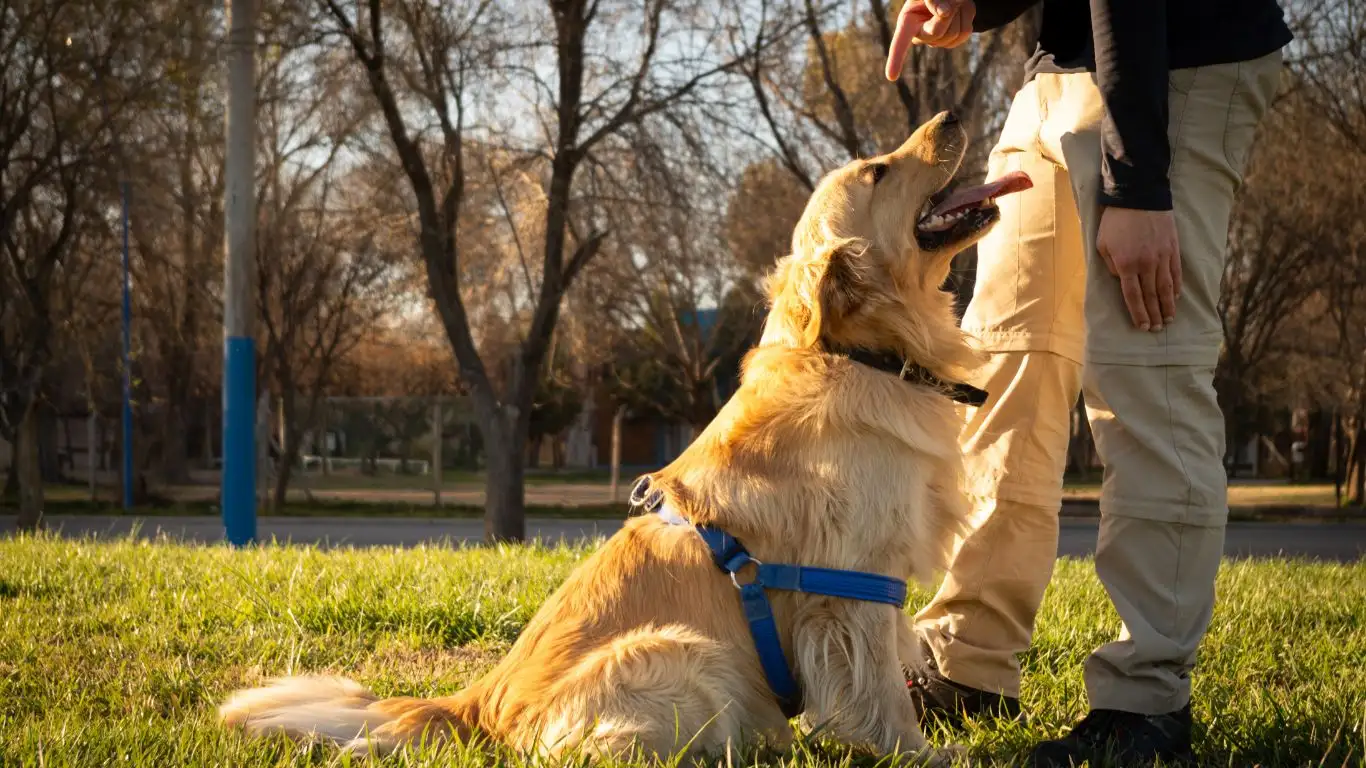
Okay, now we’re getting to the heart of it—how to actually handle a real thunderstorm when it hits. Everything we’ve talked about so far—building emotional stability, desensitization, creating a safe space, using tools—comes into play here. But this is where you, as your dog’s trusted human, really step in to lead by example.
What to do in the moment
When a storm rolls in, your energy matters more than you think. I’ve watched dogs panic simply because their owner started pacing or speaking in a high-pitched, stressed-out voice. If you can stay grounded, relaxed, and even playful—it tells your dog, “Hey, this is no big deal.”
- Reward calm behavior: Keep treats nearby and reward your dog when they lie down, stay quiet, or just glance at you without panicking.
- Use positive distractions: Play games, give a stuffed KONG, or do a quick training session if they’re responsive. It helps shift their focus.
- Don’t coddle panic: This is a biggie. Comforting a scared dog is natural, but if you overdo it during a panic moment, you might accidentally reinforce the fear. Stay supportive, but confident. I often say, “You’re okay. Let’s go to your spot,” in a calm, upbeat tone.
I had a Doberman client named Ace who would shake and pant uncontrollably during storms. We worked on rewarding quiet moments with gentle praise and a calm, “Good job, bud.” Over time, he started looking to his owner for cues instead of spiraling. It was a beautiful shift to witness.
When to Seek Help from a Professional
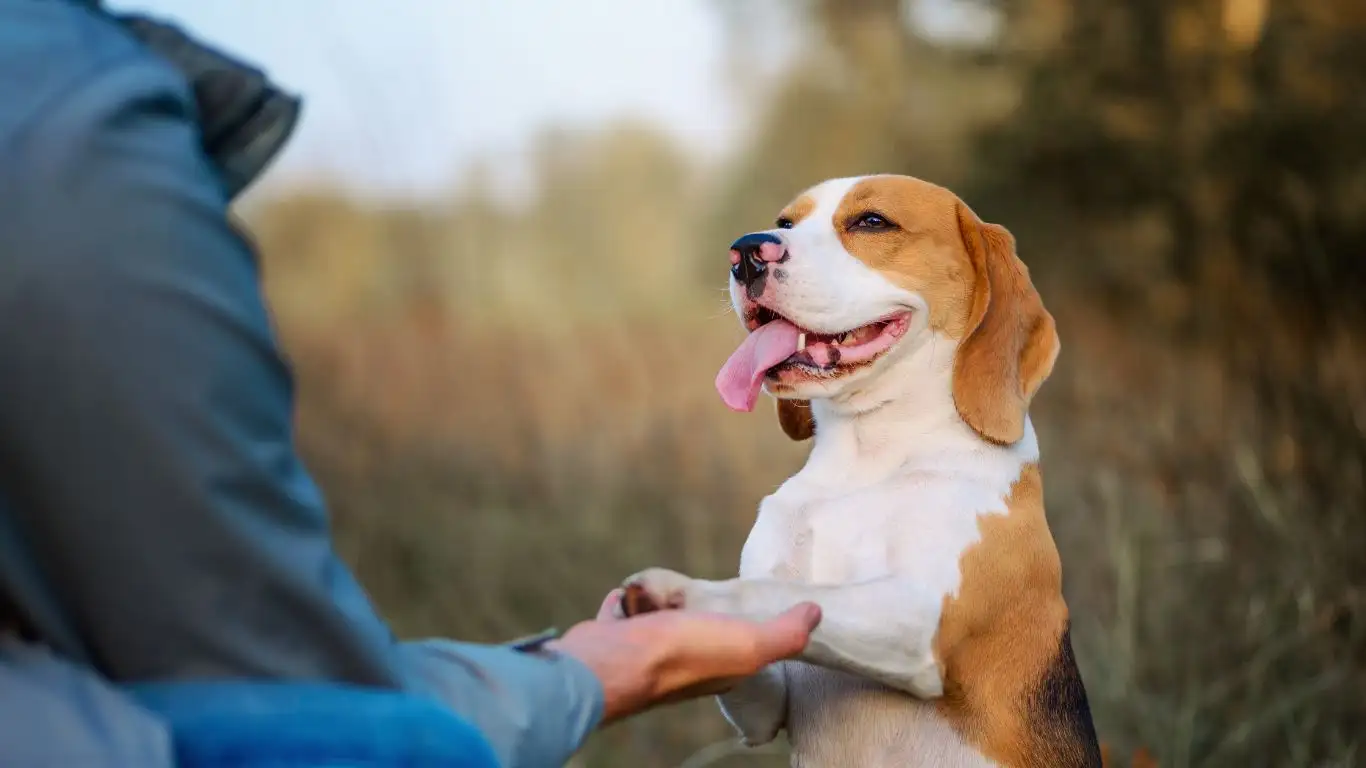
Sometimes, even with all the right steps, your dog might still struggle. And that’s okay. Storm phobias can run deep, especially in dogs with trauma histories or severe anxiety. That’s when it’s time to bring in backup—a certified professional who knows how to handle complex cases.
Signs it’s time to consult an expert
- Desensitization isn’t working or is making things worse
- Your dog injures themselves or others during storms
- They develop new anxieties or behaviors tied to weather
- They stop eating, sleeping, or playing due to storm-related stress
A certified canine behavior consultant or a veterinary behaviorist can develop a customized plan that may include counter-conditioning, advanced desensitization techniques, or even short-term anxiety medication. I’ve referred clients to behavior vets when I felt we were hitting a wall, and the collaborative approach often made all the difference.
Work with someone who understands fear-based behaviors
Make sure whoever you hire has experience with storm phobias and uses positive reinforcement. Avoid outdated dominance-based methods—they usually do more harm than good when fear is in the mix.
You can start your search through reputable organizations like:
Final Thoughts: Building Trust is the Best Storm Shield
If there’s one thing I’ve learned over years of canine-assisted therapy training, it’s this: dogs don’t just want to feel safe—they want to know they can trust you to lead the way when things get scary. Whether it’s thunder, fireworks, or the dreaded vacuum cleaner, your calm confidence becomes their compass.
Training a dog to behave during thunderstorms isn’t about flipping a switch—it’s about stacking small wins over time. One treat for staying still during a rumble, one cozy nap in the storm sanctuary, one tail wag instead of a panic sprint—it all adds up.
And when you finally see your pup doze off during a storm that once sent them into a frenzy? There’s nothing better.
Quick Recap
- Understand the roots of your dog’s storm anxiety
- Build emotional resilience before storms even happen
- Use desensitization techniques with storm audio
- Create a designated storm-safe space
- Reward calm behavior during actual storms
- Bring in a pro if things aren’t improving
Helpful Resources
Disclaimer: This content is for educational purposes only and is not a substitute for professional veterinary advice, diagnosis, or treatment. Always consult your veterinarian or a certified behaviorist if you’re concerned about your dog’s health or behavior.



